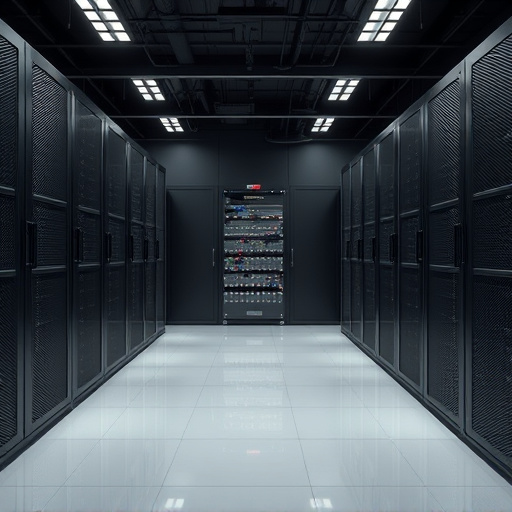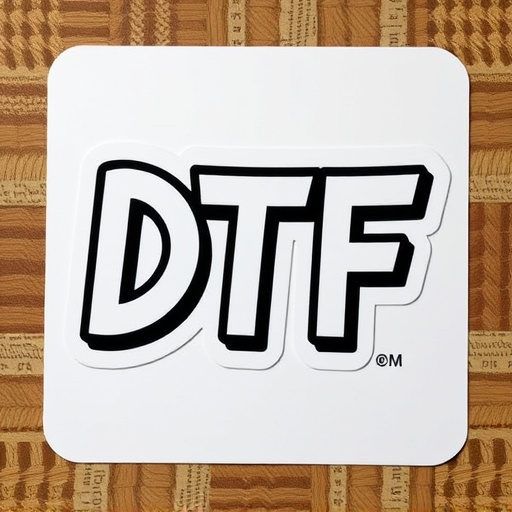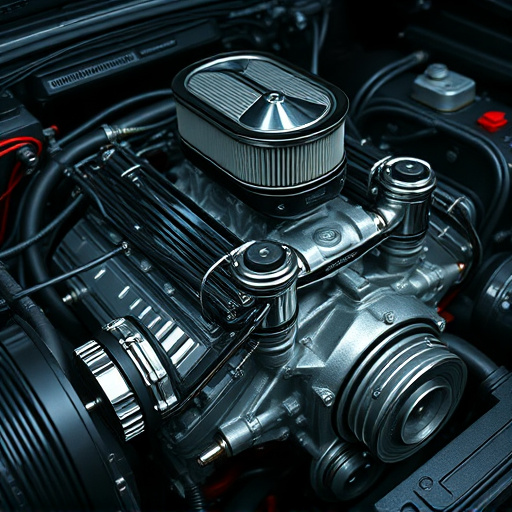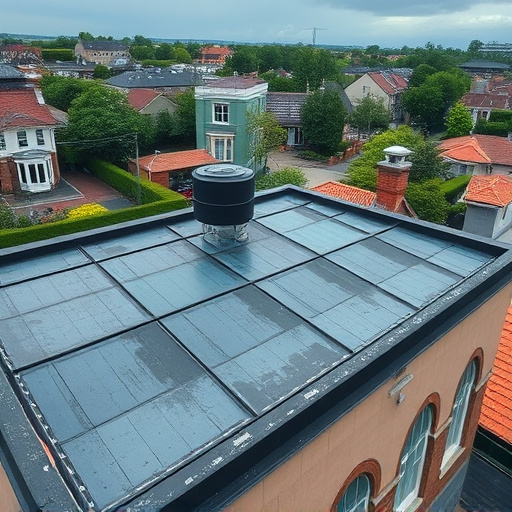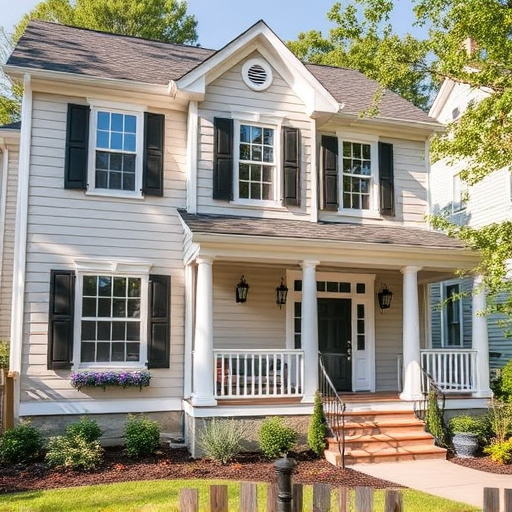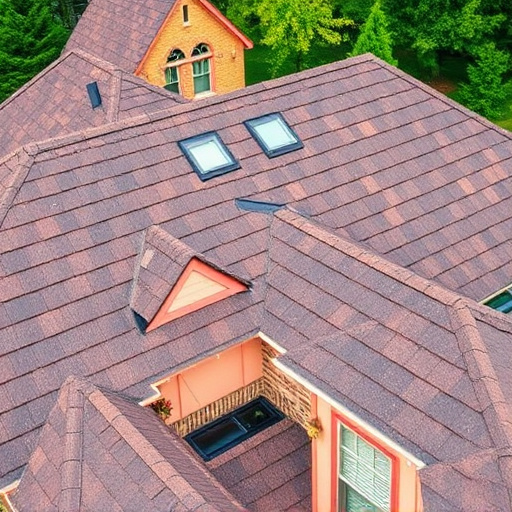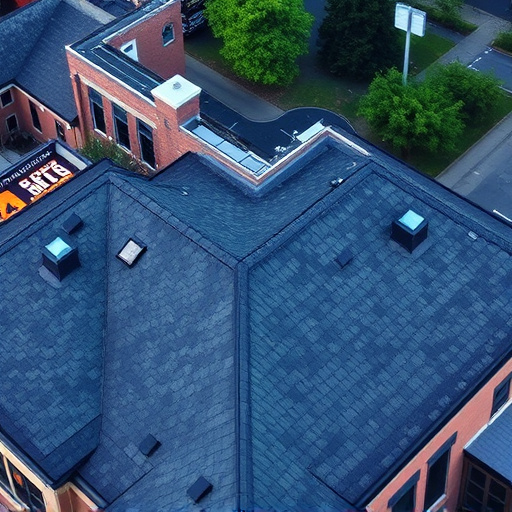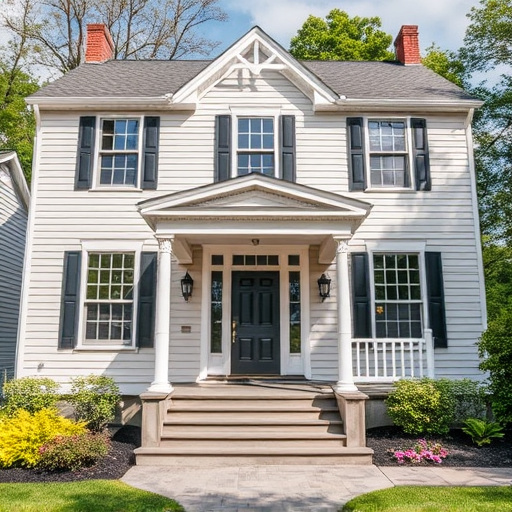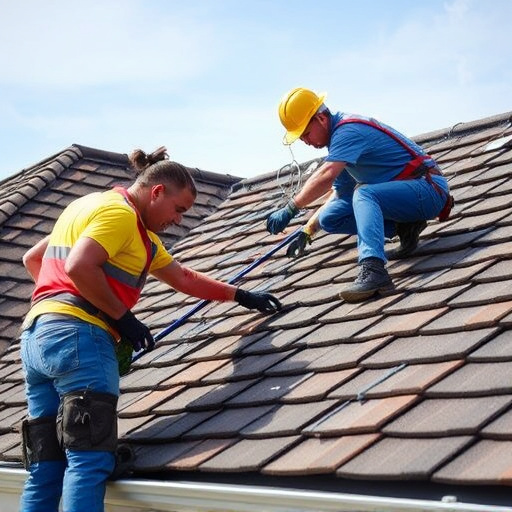Fiber siding is an eco-friendly alternative to traditional home cladding, offering numerous environmental benefits. Made from recycled paper and plastic fibers, it minimizes deforestation and pollution, has a lower energy demand during manufacturing, and reduces waste. Its superior insulation properties lead to energy savings for homeowners. Fiber siding's modular design streamlines installation, further minimizing waste. It's an ideal, sustainable choice for new siding and gutter installations or roof repairs, as recommended by roof consulting experts.
“Discover the multifaceted advantages of fiber siding—a sustainable choice that goes beyond aesthetics. This eco-friendly material offers a powerful triple threat: environmental stewardship, cost-effectiveness, and design versatility. By choosing fiber siding, you’re not just enhancing your home’s curb appeal but also contributing to energy efficiency, minimizing waste, and promoting biodegradability. Explore how this durable option can reduce your carbon footprint while increasing property value with its diverse range of colors, styles, and customizable designs.”
- The Environmental Impact of Fiber Siding
- – Advantages for energy efficiency and reducing carbon footprint
- – Minimal waste generation during manufacturing and installation
The Environmental Impact of Fiber Siding
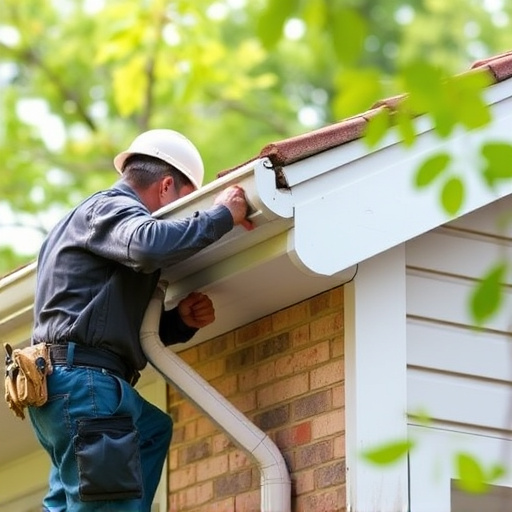
The environmental impact of fiber siding is a significant advantage that sets it apart from traditional materials. This eco-friendly option offers a more sustainable approach to home exterior cladding. Unlike conventional siding, which often relies on resources like vinyl or wood and can contribute to deforestation and pollution, fiber siding is made from recycled materials, primarily paper and plastic fibers. This innovative process not only reduces the demand for new raw materials but also minimizes waste, as the manufacturing process is designed to be efficient and environmentally conscious.
By choosing fiber siding, homeowners contribute to a circular economy where products are repurposed and recycled. This durable material requires less energy to produce compared to other options, leading to lower carbon emissions. Moreover, its longevity ensures reduced frequency of siding repairs or replacements, thereby decreasing the demand for home service solutions related to exterior maintenance. The use of fiber siding thus aligns with the growing trend of embracing green building practices, offering both aesthetic benefits and a smaller environmental footprint.
– Advantages for energy efficiency and reducing carbon footprint
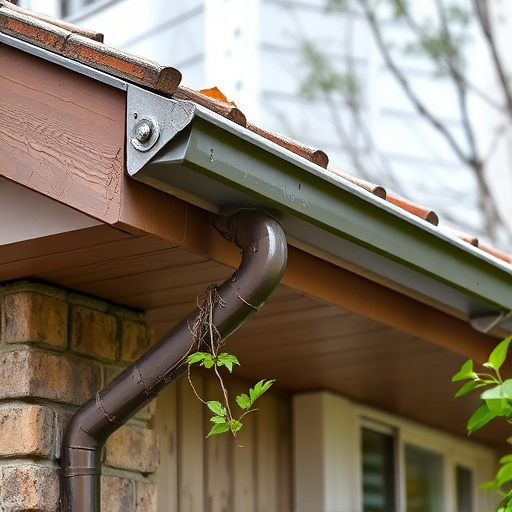
One of the most significant advantages of fiber siding is its contribution to energy efficiency and a reduced carbon footprint. Unlike traditional materials, fiber siding offers excellent insulation properties, helping to maintain consistent indoor temperatures throughout the year. This means less reliance on heating and cooling systems, leading to substantial energy savings for homeowners. By choosing fiber siding for your residential roofing needs, you’re not just enhancing the aesthetics of your property; you’re also making a sustainable choice that benefits the environment.
Additionally, the manufacturing process of fiber siding is designed with sustainability in mind. This eco-friendly material is typically produced using recycled content, further reducing its environmental impact. When considering roof repair or installing new siding and gutters, fiber siding presents an attractive option for those seeking to minimize their carbon footprint without compromising on quality and durability.
– Minimal waste generation during manufacturing and installation
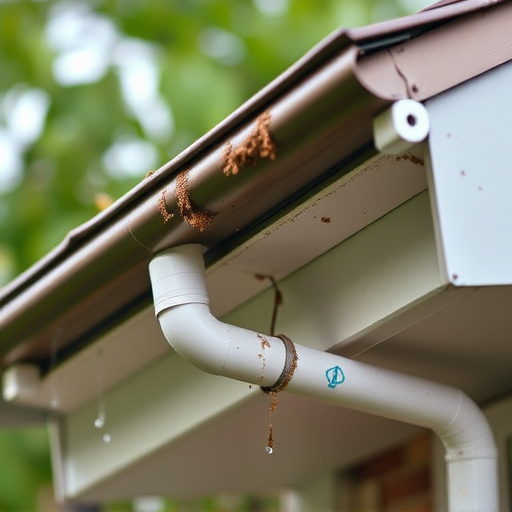
One of the most significant advantages of fiber siding is its minimal environmental impact throughout the manufacturing and installation processes. Unlike traditional materials that often result in substantial waste, fiber siding production involves innovative techniques that minimize scrap generation. This efficiency ensures resources are used optimally, reducing the amount of material ending up in landfills.
During installation, fiber siding’s modular design simplifies the process, requiring less cutting and trimming compared to other roofing and siding options. This precision results in less waste, making it an eco-friendly choice for both residential and commercial projects. A roof consulting expert can guide you in selecting suitable fiber siding, ensuring a sustainable solution without compromising on quality or aesthetics.
Fiber siding offers a compelling solution for those seeking environmentally friendly building materials. Its production and use significantly reduce carbon footprints, minimize waste, and contribute to energy efficiency, making it an excellent choice for eco-conscious homeowners and builders. By embracing fiber siding, we can collectively work towards a more sustainable future while enhancing the aesthetic appeal of our living spaces.

